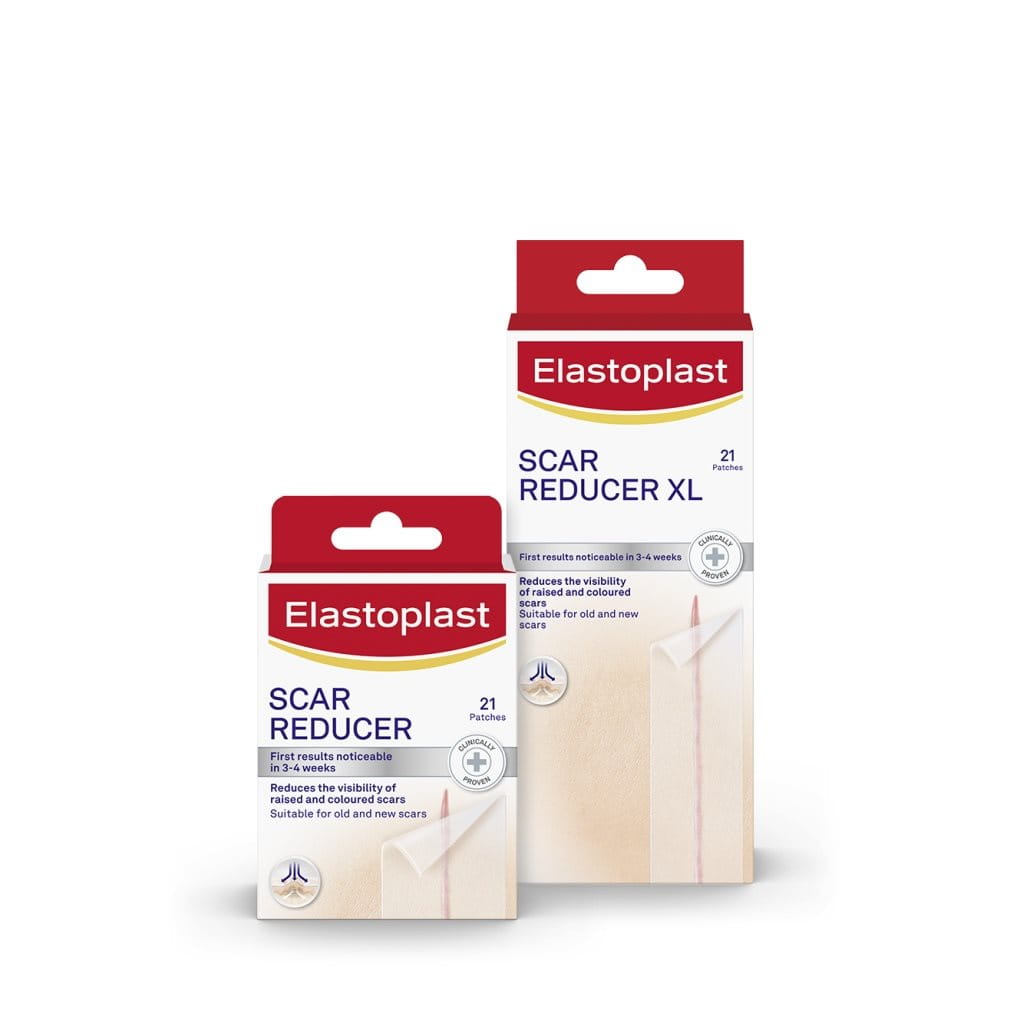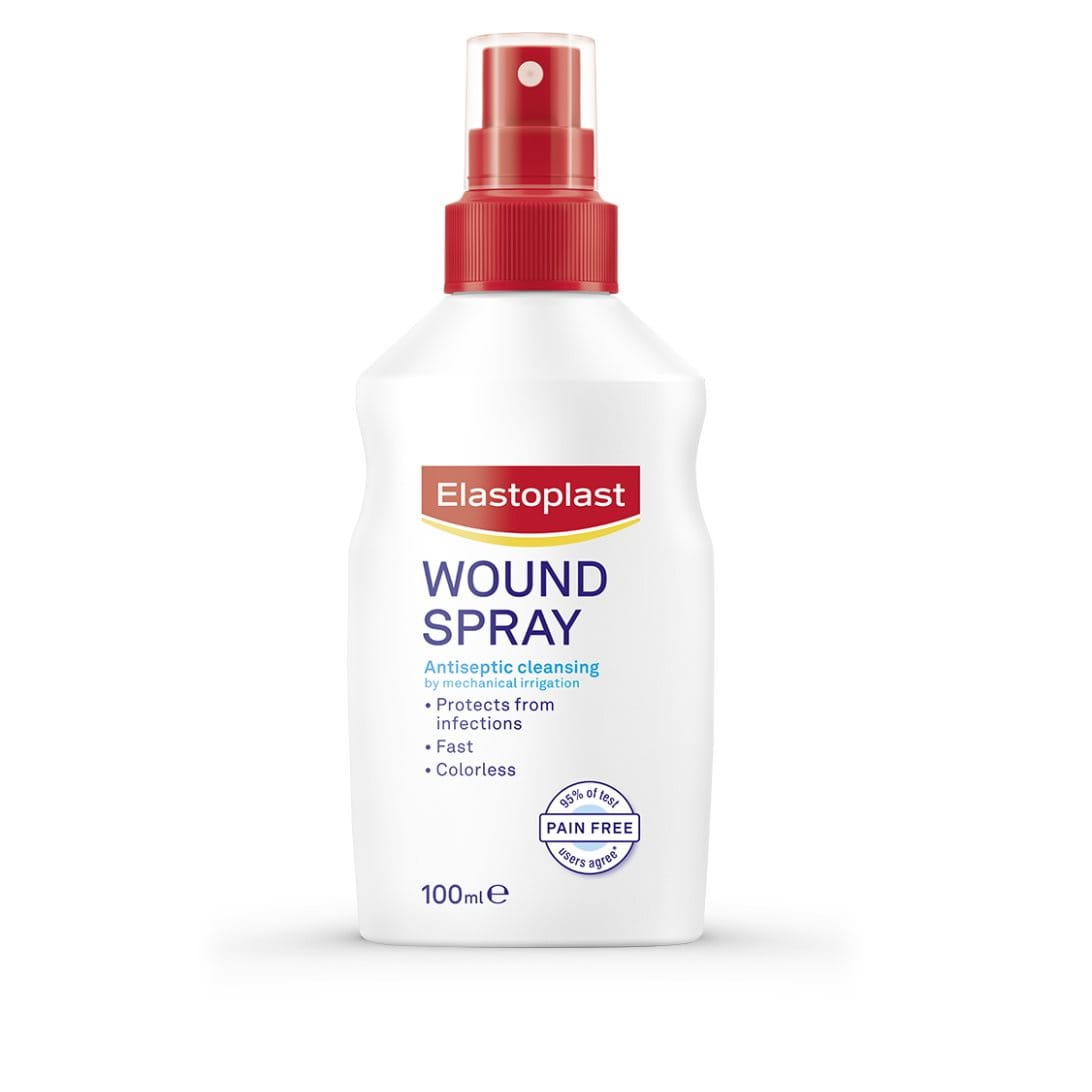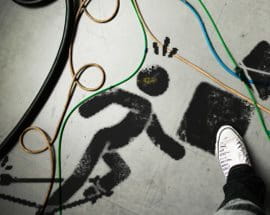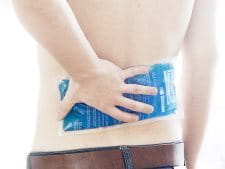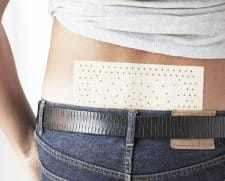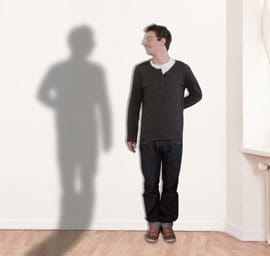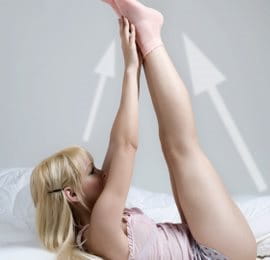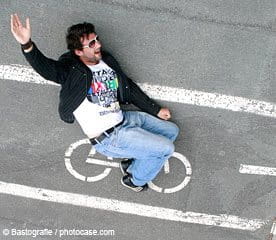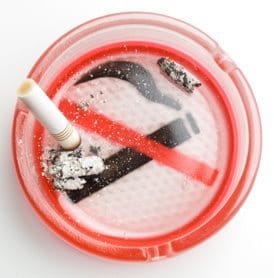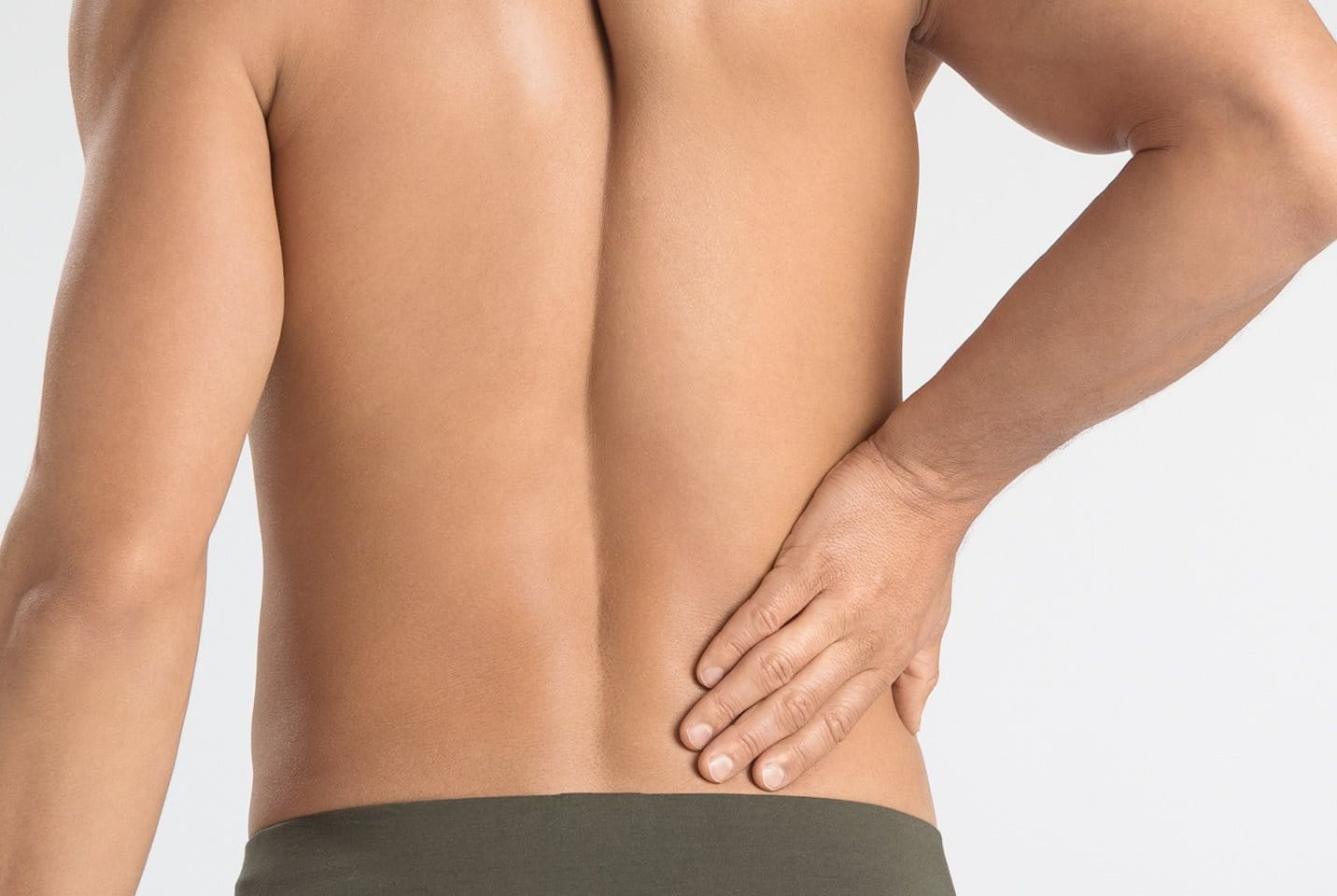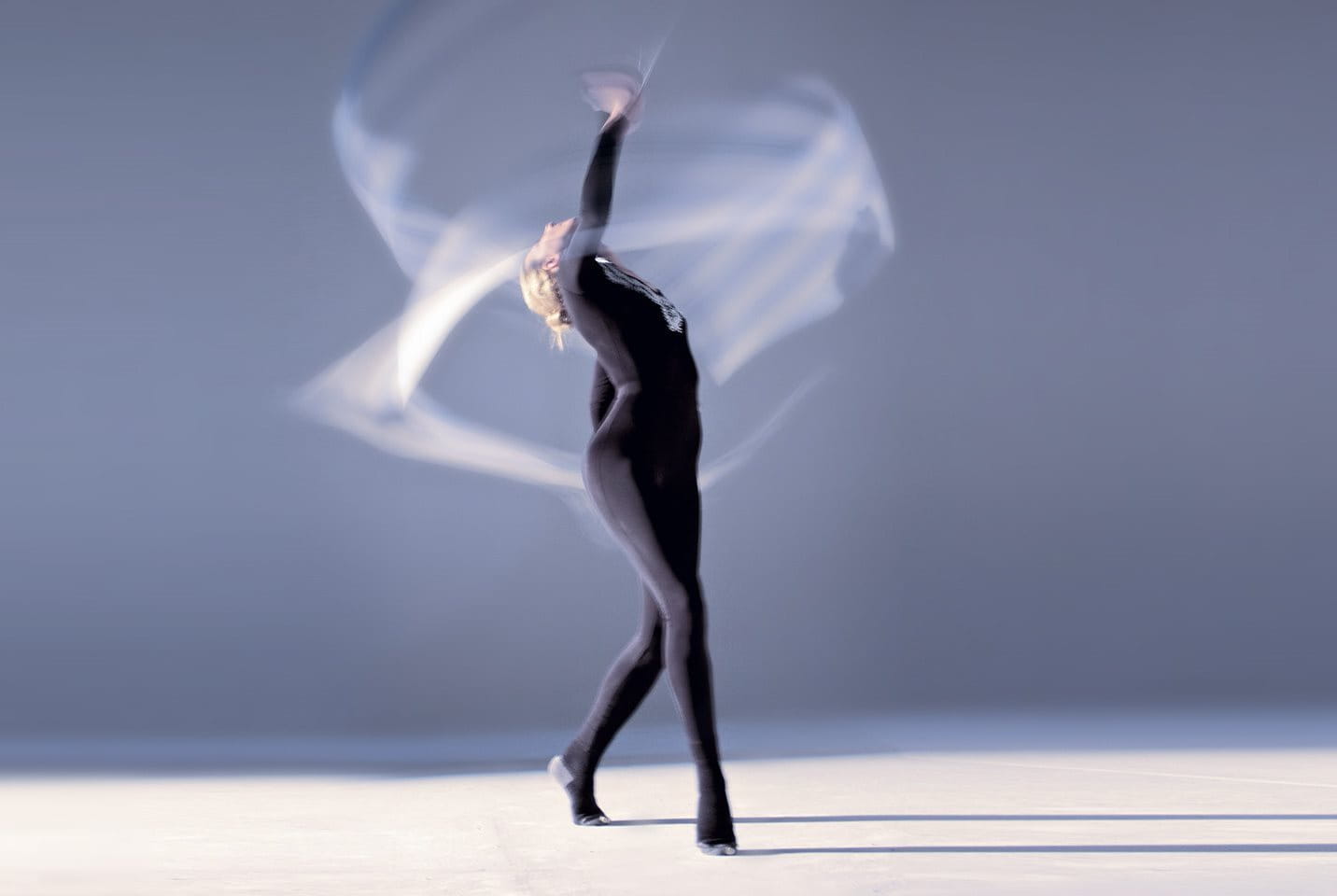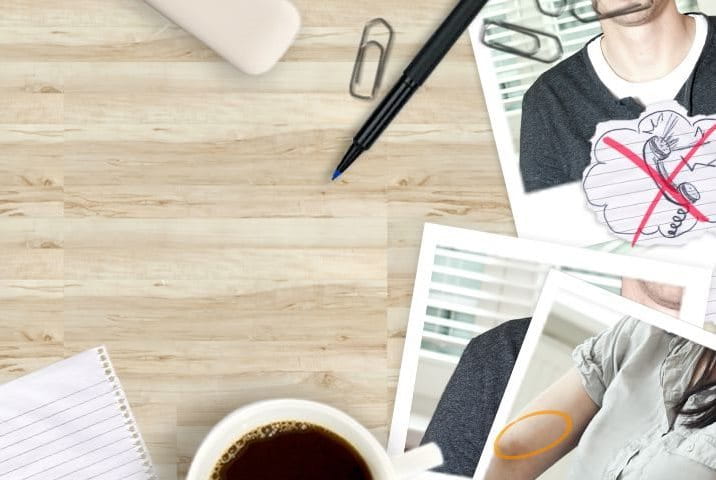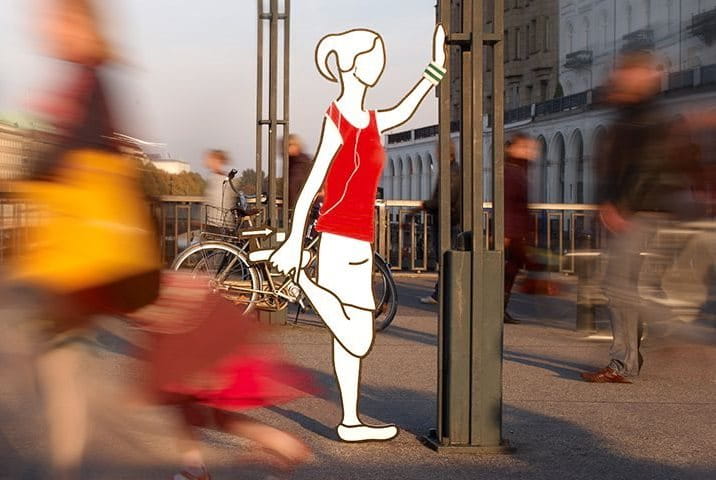There Is No Such Thing As „wrong“ Lifting

The important thing is to know that your body will tell you what it is capable of and how far it will cooperate. Also, there is no right or wrong way. Naturally, your body will use a logical and the most natural physical approach to lifting your load.
All you should really worry about and work on is strengthening your back! Throwing out your back or back sprain will only occur if your movements are unpracticed, or your back is untrained.
You can check out our suitable back strengthening exercises in our video library.
And follow some rules that might help you in everyday life.

